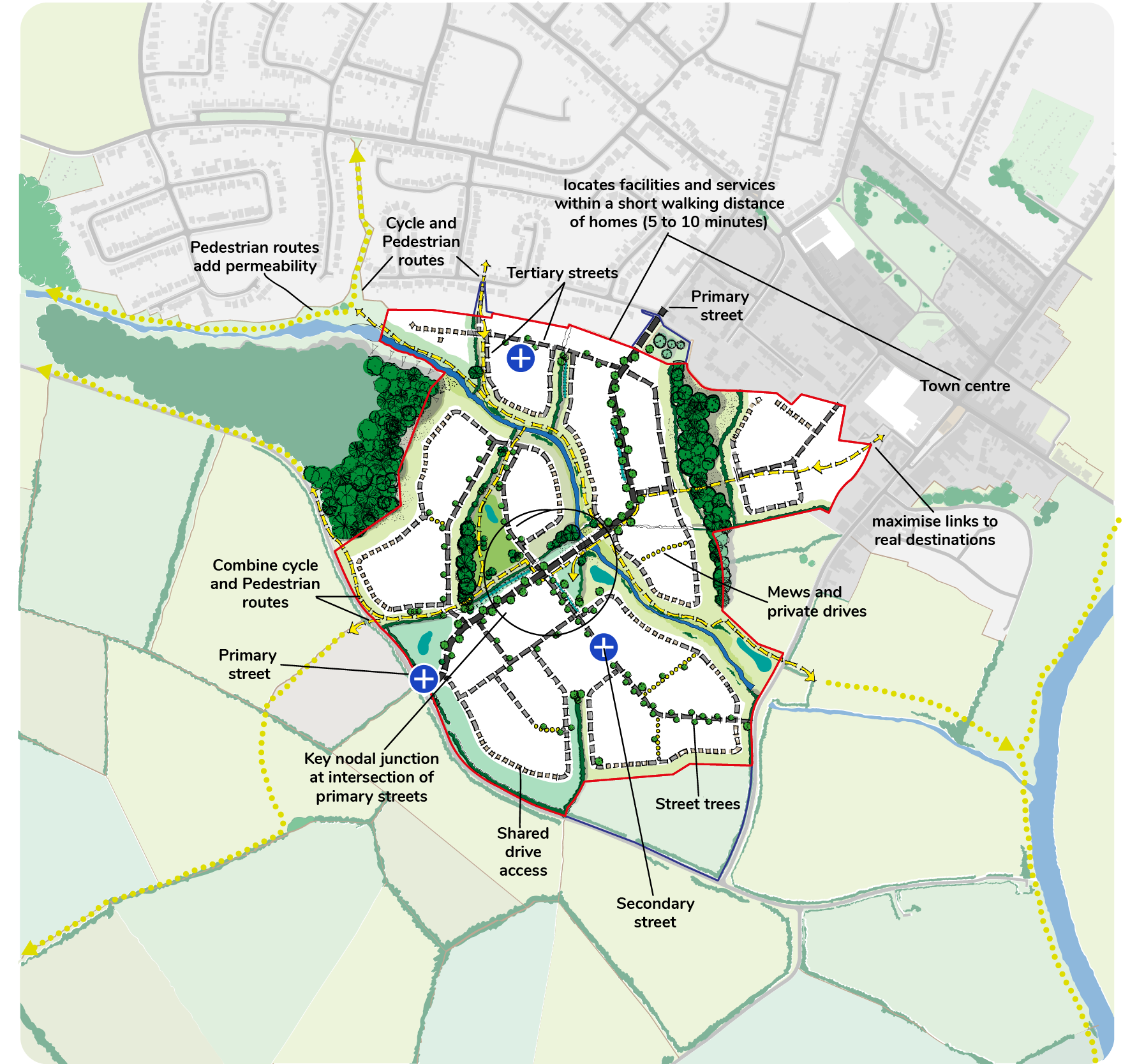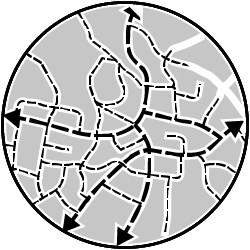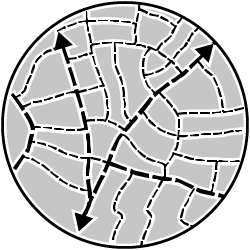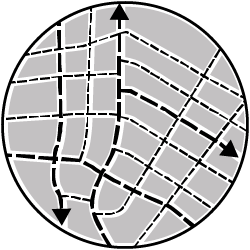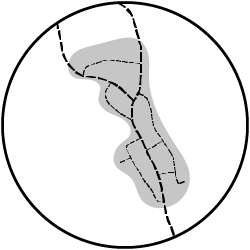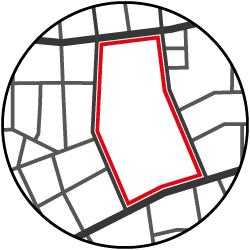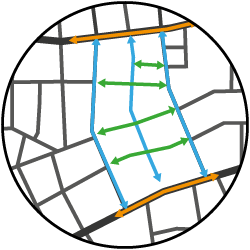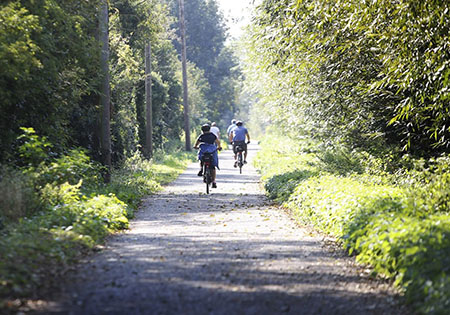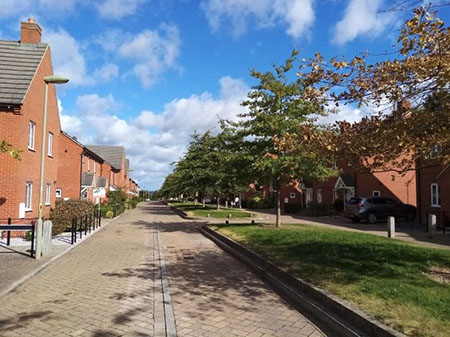Inform your design:
Identify the travel characteristics of the existing site, including pedestrian and cyclist movements and infrastructure;
Locate existing public transport provision, including provision/frequency of services, location of bus stops/train stations, park-and-ride facilities;
Identify the classification of the highway network in the vicinity of the site.
